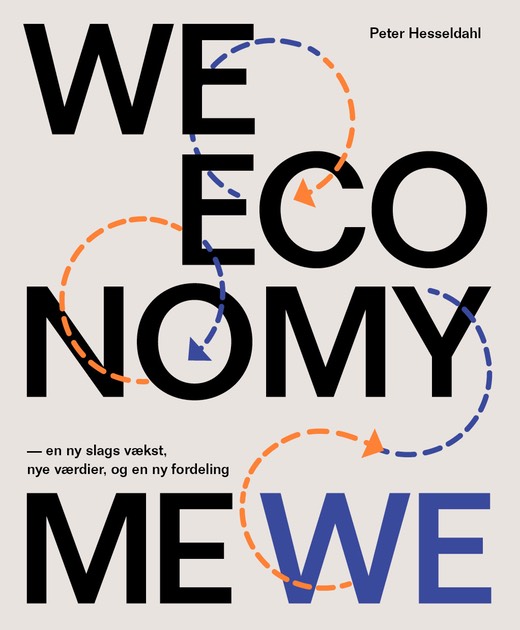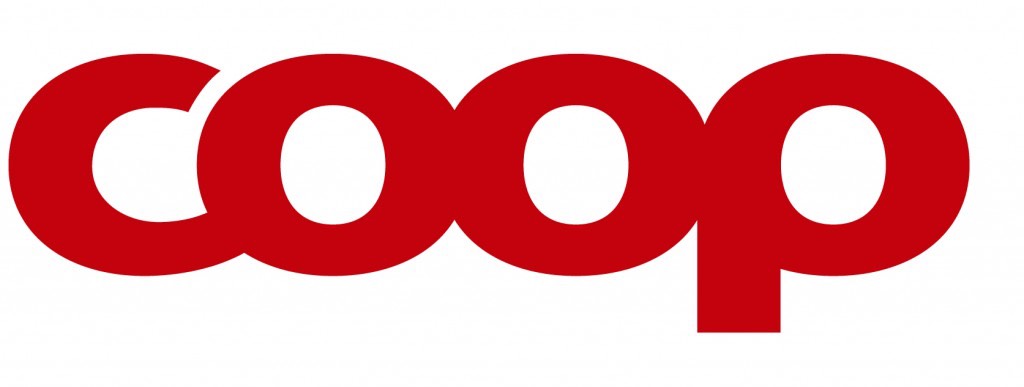Cooperatives have a special place in the Danish culture. Looking back at the cooperative movement in Denmark, it is almost astonishing just how important and commonplace it was until quite recently.
The first cooperative store in Denmark was established in 1866, inspired by the original Rochdale cooperative store in England. The concept quickly spread, first in villages, then in the cities. In 1896 the many cooperative stores were consolidated into a national cooperative organization, which started producing its own labels of basic goods. By 1919 there were close to two thousand cooperative stores, accounting for around 10 percent of all retail sales in Denmark.
Cooperative stores spread in a similar fashion in many other countries, but what made the cooperative movement particularly important in Denmark was the success of cooperatives in agriculture.
Technology was an important catalyst for this. The continuous centrifuge process for producing butter was a major improvement in efficiency and quality. But the machinery was expensive and required high volumes, which only the large manors produced at the time.
In 1882 the first cooperatively owned dairy was established, and it was governed along more or less the same basic guidelines, that were used for all the subsequent production cooperatives.
These core principles of the cooperatives were:
- Same payment pr. unit, regardless of how much a farmer delivers for processing.
- All members have one vote, regardless of how large their farm is.
- All members are jointly liable for the coop’s debts, according to how much they deliver.
In the following decades cooperative dairies spread rapidly, and by 1900 more or less all dairy production in Denmark was through cooperatives. At a national level the cooperatives created shared marketing companies for export, and shared technological research, which was crucial for making Denmark a leading country in dairy production.
A similar development took place in the meatpacking industry. The first cooperative slaughterhouse was started in 1887. Later came cooperative production and marketing of eggs, chickens, vegetables, fish and fur. Another important development were the large cooperatives for sales of foodstuff and fertilizers
A second wave of cooperatives started after World War II to establish shared laundries and freezing houses.
The cooperative movement became a central part of the development of the modern Danish welfare state. It was part of an economic culture of strong labor unions and a large public sector. The cooperative model was used for banks, credit unions and insurance companies, and for building societies.
The late 60s and 70’s brought a wave of consolidation in industry. The many small cooperatives were combined and rationalized, leading to a handful of large national and even international companies, that are still among the pillars of the Danish agricultural sector: Arla foods, Danish Crown meat and DLG foodstuff, fertilizer and grain.
At the same time, the cooperative culture changed. Whereas it had been commonplace for Danes to be engaged members in one or several cooperatives, the broad engagement stagnated and memberships fell drastically through the 70’s and 80’s.
Today, at a practical level, the large cooperative companies are hard to tell apart from regular commercial companies. In recent years, very few new cooperative have started, and not many companies remain, which truly engage their members to the extent the early cooperative movement did.

